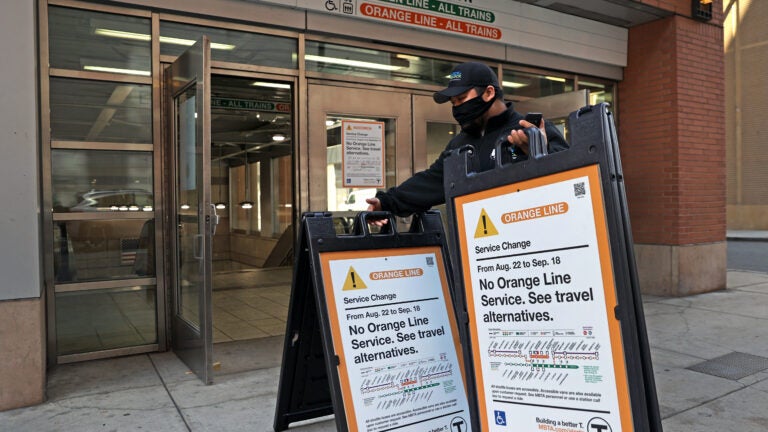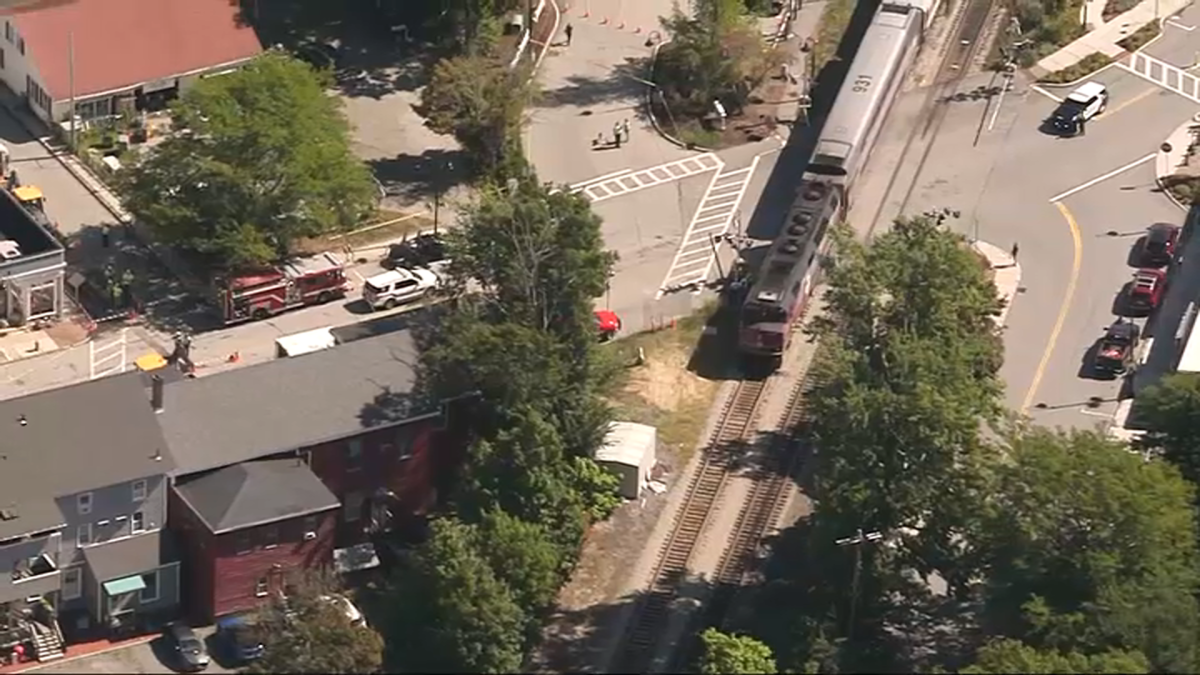hipster_garbage
New member
- Joined
- Mar 6, 2017
- Messages
- 40
- Reaction score
- 116
Looks like DCR will be doing closures of the Southwest Corridor path during the Orange Line shutdown. Might as well make it even harder to get around at this point.

Couldn't even get the dates on the signs right.

MBTA apologizes for signs with incorrect Orange Line shutdown dates
As the MBTA prepares for a month-long shutdown of the Orange Line, confusion spread among commuters over the exact dates that the line will be closed.www.boston.com
It feels like there is zero quality control in the MBTA and I doubt they are going to get things right during the shutdown
Poor quality control yes, but this shouldn't be something that needs QA in the first place. Just members of the workforce itself is should be able to recognize and have initiative to correct without public embarrassment - from the sign makers, to the delivery person, to the station attendants. If I am to speculate if this is a sign of anything, it's a sign that the workforce's level of flexibility and initiative.
Maybe I'm wrong, I mean I tend to try to look to examples of others systems, particularly internationally when it comes to transit and I'm not aware other transit system have such organizational flexibility. But nobody "caught" this because nobody has the "authority" to take action. Sign maker who prints it, delivery people who drives it over, station attendants who place it around the station, and informed riders all see it and all can do nothing. Only by putting on blast on Twitter that someone who authority can be made aware and order someone to fix it.
This is a shit show piled on a fiasco!That's part of what makes me wonder if some of this stuff gets outsourced. Like, if they're just sending these things out to get printed, I don't expect some kind of sign-printing company to fact-check the things they're getting (in this case it's doable because it's public information, but if I was in the printing business I'd probably generally assume that the customer sent what they wanted printed). If this stuff is in-house, of course, that doesn't apply.
Also worth wondering to what extent the "authority" question (whether taking initiative is permissible) is tied to "not my job" considerations (please don't tell me there are union contracts/rules limiting who can "install" station signage) where someone may notice something amiss, but it's not their job to do so (regardless of whether it is officially permitted or forbidden to take initiative) so they simply...don't. (Not necessarily out of laziness, incompetence, or malice, mind you. They may, in this hypothetical, assume that the problem will be or is being addressed by the appropriate people.)
- Special Directive 22-12: Related to operating conditions and policies, procedures and training
- Special Directive 22-11: Related to the effectiveness of safety communication
- Special Directive 22-10: Related to prioritization of safety management information
- Special Directive 22-9: Related to managing the impact of operations, maintenance, and capital project requirements on the existing workforce

 www.nbcboston.com
www.nbcboston.com
I can't help but see that 69% number and think that with 31% to go we only have ~25% of the shutdown left...I'm sure the numbers don't really match up 1 to 1 like that, but it makes me nervous.
We are 21 days through the 30 day shutdown = 70%I can't help but see that 69% number and think that with 31% to go we only have ~25% of the shutdown left...I'm sure the numbers don't really match up 1 to 1 like that, but it makes me nervous.
Generally a percentage complete generally refers to the percent of budgeted money that has been spent (which in turns relates the amount of budgeted time used). It doesn't move linearly with time though, some work tasks are more expensive and will move the percent more than others.I can't help but see that 69% number and think that with 31% to go we only have ~25% of the shutdown left...I'm sure the numbers don't really match up 1 to 1 like that, but it makes me nervous.
I really wish they would communicate/appreciate how absolutely important travel times/removing slow zones are. It is so much more than just "getting riders where they need to go faster". Running trains at track speed will:
- Reduce car traffic on streets by improving travel times of alternatives to driving (Downs-Thompson Paradox), effectively speeding up trips for BOTH car and transit users
- Improve the public's faith in transit being a viable transportation option. I'm talking about all the business people, bar hoppers in southie, and yuppie's who just automatically call a uber from wherever they are without thinking if the T would be faster or more economical.
- Reduce the amount of rolling stock and train operators needed to provide the same level of service & headways. Or, if we keep the amount of rolling stock fixed, increase the amount of service we can provide with the same equipment (need to buy & maintain fewer train cars). Removing the 5-6 mins of slow zones on the Orange Line is literally equivalent to having an ENTIRE extra trainset in service. I don't know how much it costs to fix slow zones, but I'm sure it costs a hell of a lot less than a 6-car trainset, not to mention the extra wages and pensions of the people operating and maintaining that extra train.
- Since faster trip times = lower headways, this reduces the dwell time at each station (since more frequent trains = fewer people that need to enter/exit each train)
- Reduce the amount of train bunching (trains can clear their fixed block in the signal system faster, reducing the chance that the train behind would hit a red signal).
Like, it's about time that speeding trains up is taken seriously as a solution to fixing traffic.
